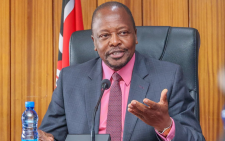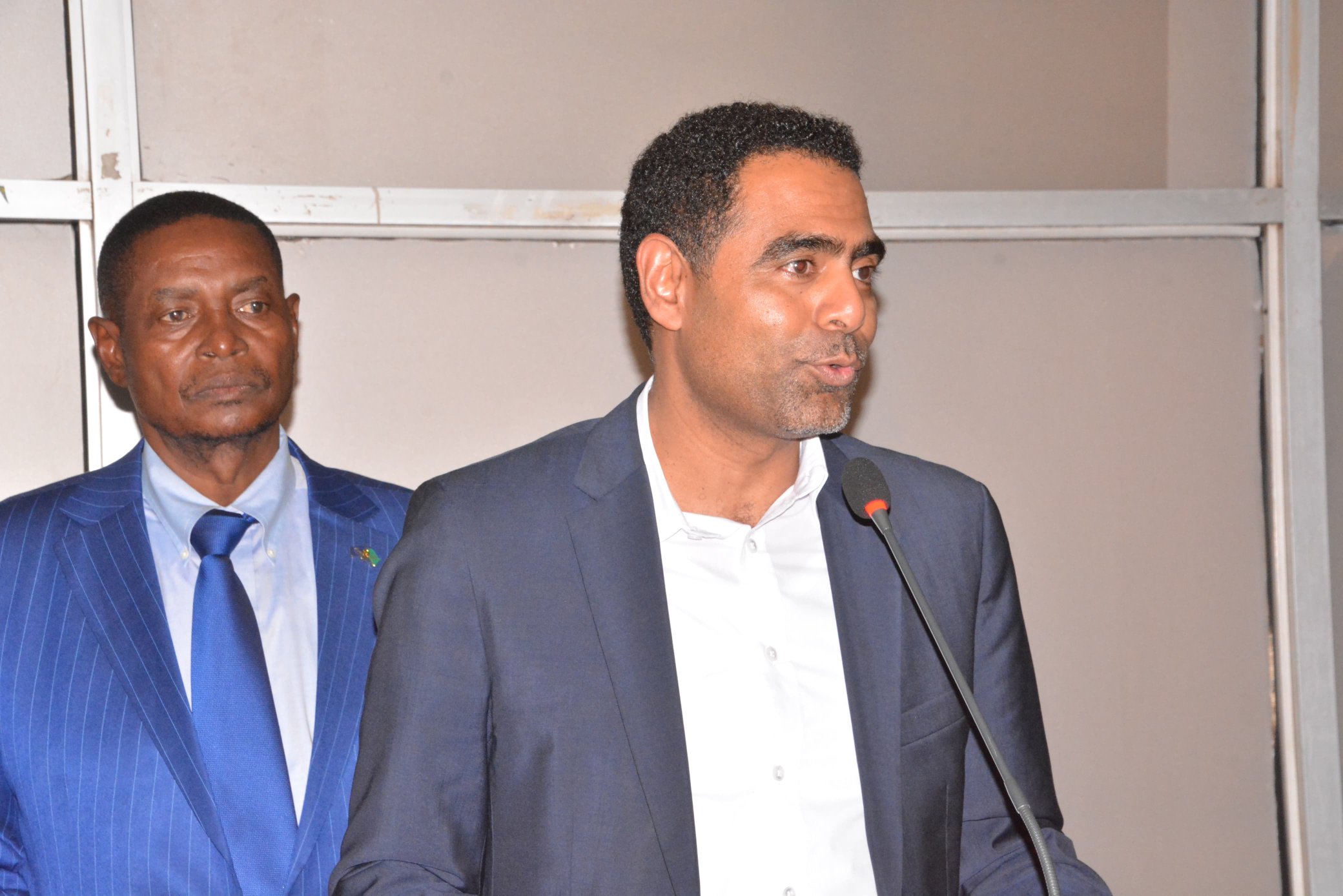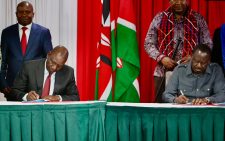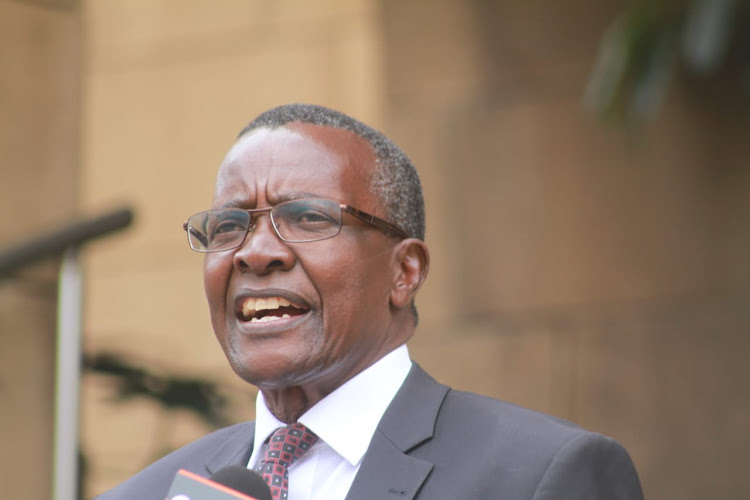Reality of TB in Africa and the need for change

World Tuberculosis (TB) Day takes place on 24 March every year. But the truth is, we should be thinking about TB every day – especially in Africa. The World TB Day theme for 2023 is “Yes! We can end TB!” – and this is quite a poignant statement – because, as simple as the slogan may sound at first glance, TB is preventable and curable. Still, 10 million people fall ill with tuberculosis annually. It remains the world’s most infectious killer and is also the leading cause of death for those infected with HIV.
TB is the leading cause of death from a single infectious agent where 25 per cent of all TB cases are in Africa, and so are 25 per cent of all deaths. Africa’s HIV burden causes further complications, as those infected with HIV are 18 times more likely to develop TB. The conditions form a lethal paradox, both accelerating the development of the other. About 85 per cent of TB patients in Africa are also HIV positive.
Despite the stark reality, however, according to the World Health Organization (WHO), “Funding for TB prevention, diagnosis and treatment services continues to fall far short of estimated global needs and the United Nations global target. In 2020, global spending on TB services fell to $5.3 billion, and funding for research was $901 million.”
Although the ambition to end TB is present in Africa’s most affected countries, the mobilisation of funds has not kept up. In Africa, only 22 percent of the resources needed to provide adequate TB services are provided by governments and 44 percent remain unfunded. This drastically limits efforts to reduce the TB burden.
The WHO End TB Strategy, adopted in 2014, focuses on achieving universal access to patient-centred prevention and care, multi-sectoral action and innovation to eliminate the catastrophic cost for TB-affected households by 2030. To quote the WHO, “Ending TB is not just a public health problem, but a development challenge and opportunity”.
“Opportunity” is the word that may come as a surprise to many who read the statement. But the word’s optimism is fitting in the context of the 2023 World TB Day theme – “Yes! We can end TB”. There is opportunity for private sector companies to extend their business into emerging markets by participating in the fight to end TB, and there is also an opportunity for governments to nurture healthier, more economically active populations. The collective “we” is relevant here, however, in that no organisation can stop TB on its own.
Without diagnostics, there can be no treatment. High-quality diagnostics are the cornerstone of any clinician’s arsenal against disease. But presently, primary care medical facilities in many developing nations have significant gaps in access to critical diagnostic tools.
The WHO End TB Strategy prominently highlights the need to engage partners within the health sector and beyond. This includes public and private sector partners that can bring together innovation, funding and understanding to increase access where it is needed most.
Public-private partnerships historically have highlighted the message of hope encompassed in “Yes! We can end TB”. Partnerships between governments, development and technical agencies, implementing organisations, civil society, and the private sector are needed to bridge the gap in care. And as we once again commemorate World TB Day, it’s fitting that we touch on at least one case study that proves partnership can significantly impact fighting disease and increasing access to healthcare.
In 2014, Roche, in collaboration with the Clinton Health Access Initiative (CHAI), USAID, the US President’s Emergency Plan for AIDS Relief (PEPFAR) and the Global Fund, launched the Global Access Programme – an initiative to expand access to HIV viral load tests and effectively monitor anti-retroviral treatment in low and middle-income countries. The programme has since extended its reach to guarantee reliable testing solutions for infectious diseases, including tuberculosis, hepatitis B and C (HBV and HCV).
As part of the Global Access Programme, through continued partnership, over eight million African patients are tested annually to manage their HIV infections. Over the past seven years, more than 11 million babies have been tested for HIV, and over 8,300 laboratory technicians have been trained. Additionally, 33 African countries have installed Roche molecular diagnostics systems.
Roche has a demonstrated history of public-private partnerships. Most recently, Roche and the Africa Centres for Disease Control and Prevention (Africa CDC) expanded their collaboration to strengthen laboratory systems in countries that have been affected the most by HIV and TB. This is yet another hopeful and proactive partnership that seeks to take action against the TB problem in Africa.
— The writer is the Executive Vice President, Roche Diagnostics












